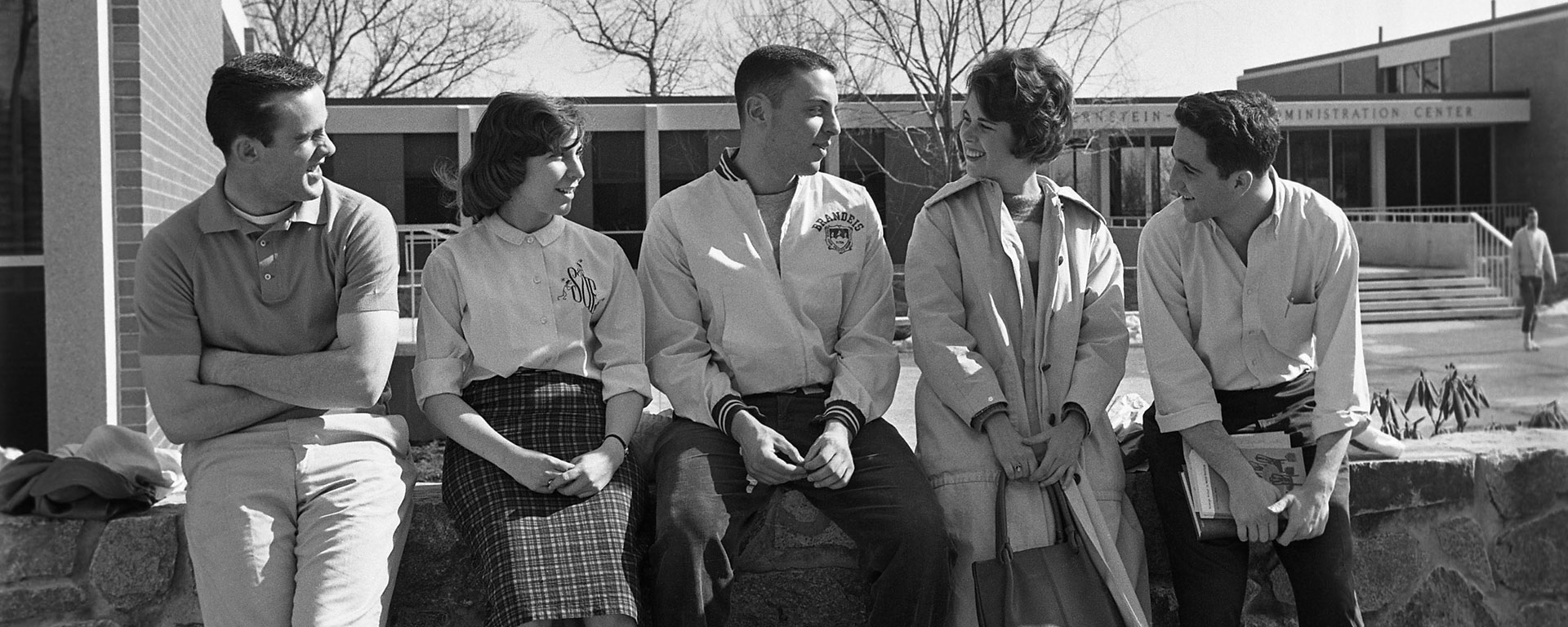Brandeis University was founded in 1948 by the American Jewish community at a time when Jews and other ethnic and racial minorities, and women, faced discrimination in higher education.
Brandeis’ visionary founders established a nonsectarian research university that welcomed talented faculty and students of all backgrounds and beliefs. From the outset, Brandeis focused on undergraduate education, while building a pioneering research enterprise.
The university was named for Louis Dembitz Brandeis (1856-1941), the first Jewish justice of the U.S. Supreme Court. One of the greatest minds to serve on the high court, Justice Brandeis made an indelible mark on modern jurisprudence by shaping free speech, the right to privacy and the rights of ordinary citizens. He exemplified the values of the new university through his dedication to open inquiry and the pursuit of truth, insistence on critical thinking, and his commitment to helping the common man.
Brandeis University opened on the site of the former Middlesex University in Waltham, Massachusetts, with 107 students and 13 faculty members. Under the leadership of founding president Abram L. Sachar, Brandeis grew quickly in size and scholarly influence, joining the ranks of the most respected research institutions while still very young.
In 1959, in one of many firsts, Brandeis launched the Heller School for Social Policy and Management, the first school of its kind to bridge the gap between social welfare and social policy. Heller is consistently ranked by U.S. News & World Report as a “top ten” school of social policy.
In 1961, only 13 years after its founding, Brandeis won Phi Beta Kappa accreditation, a distinction fewer than 10 percent of U.S. colleges and universities earn.
The same year, Brandeis established the Rose Art Museum, whose legendary first curator, Sam Hunter, built a permanent collection of works by artists destined to become 20th-century icons. The Rose quickly became a premier educational and cultural institution dedicated to modern and contemporary art. The collection includes important works by Andy Warhol, Roy Lichtenstein, Helen Frankenthaler, Jack Whitten and other giants of modern art.
In 1985, Brandeis was elected to the Association of American Universities, an invitation-only group representing 65 of the most prominent research universities in the U.S. and Canada.
In 1992, the Rabb School of Continuing Studies was launched, offering opportunities for professional development and lifelong learning through innovative courses for on campus and online learners.
Brandeis International Business School was established in 1994. Its mission is to prepare technologically sophisticated global leaders in business, economics and finance, and to produce path-breaking research that advances understanding, efficiency and justice within the business community.
Since its early days, Brandeis has been a top tier university with global reach, attracting students and faculty from around the world to pursue learning and scholarship at the highest levels. Ours is a community rooted in purpose, guided by our founding values, poised to lead in education and research in the 21st century.
